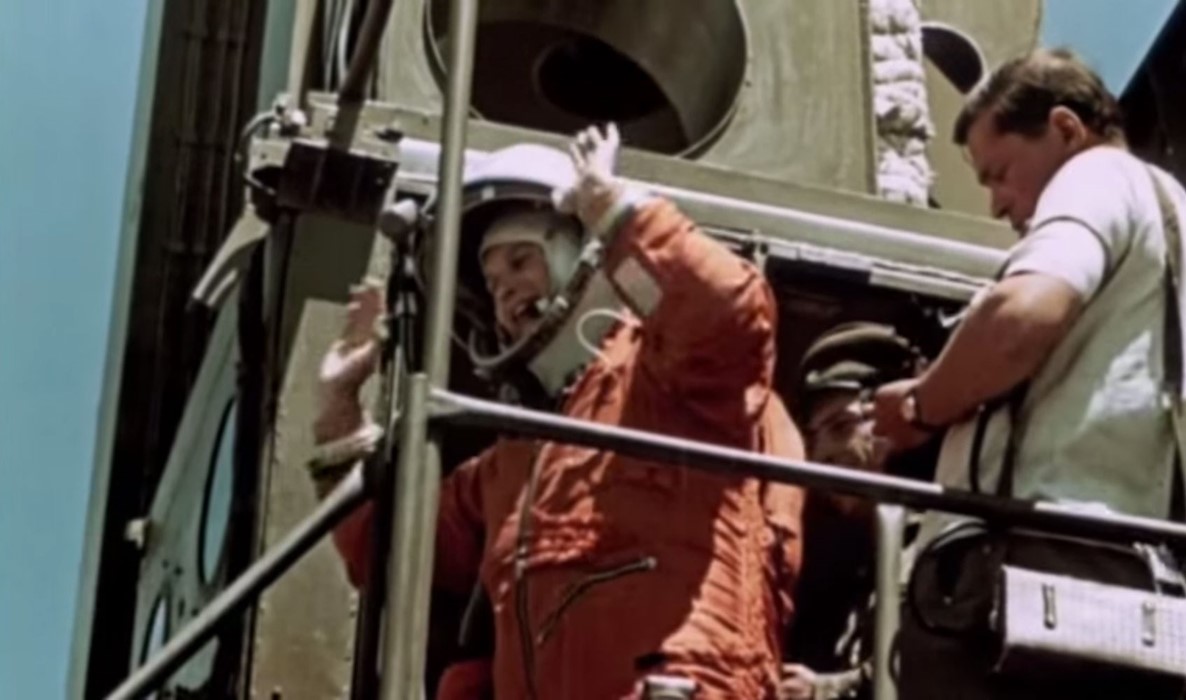We reflect on the visionary strength and ambition of Valentina Tereshkova, the first ever female to venture into space
In 1963, former textile factory worker and amateur skydiver Valentina Vladimirovna Tereshkova made history when she became the first woman, and indeed the first civilian, ever to travel to space. At the time, the mission was considered a novel, if not entirely incredulous idea; it had been calculated by the USSR’s chief rocket engineer, Sergei Korolev, to create a façade of gender equality in Soviet Russia – a media-friendly move of stratospheric proportions. In spite of Korolev’s ulterior motive, it was a monumental event for women; the first man in space had made the voyage only two years earlier in 1961, and it would be another 20 years before societal boundaries would allow a fully qualified female astronaut, the American Dr. Sally Ride, to do the same.
Valentina Tereshkova was young, ambitious and opportunistic, seizing the circumstances presented to her. She had been an avid fan of parachuting since the age of 22, and her passion for the sport made her an ideal candidate for the flight. Out of 400 applicants Tereshkova was one of only five women selected to join the Female Cosmonaut Corps in 1962, and ultimately, the only one to undertake the mission.
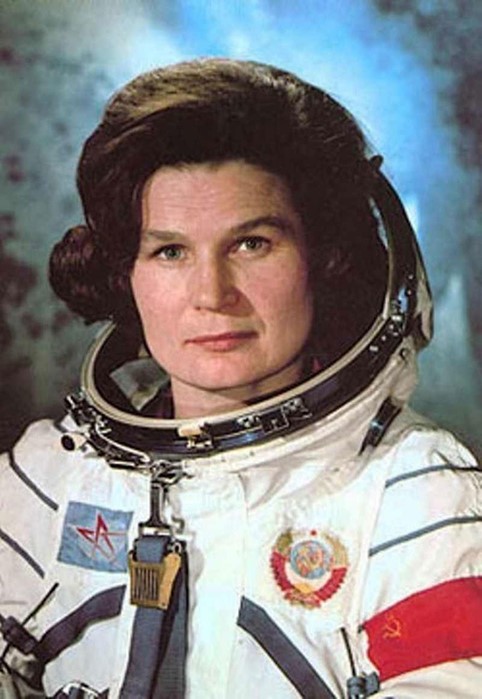
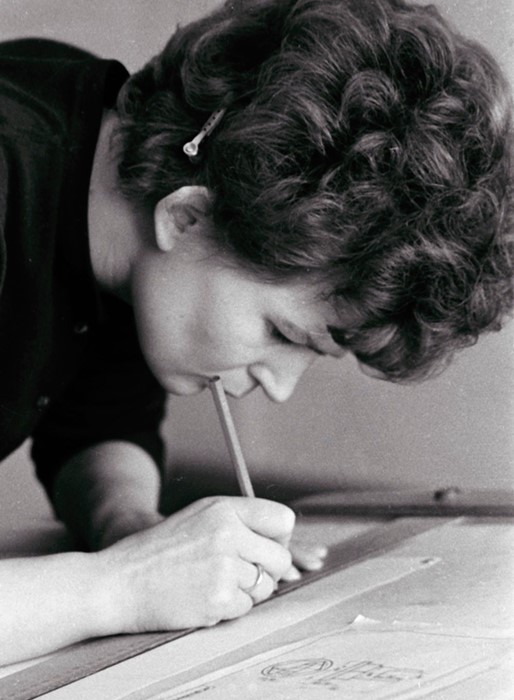
Defining Features…
Eschewing the fashions of 1960s Soviet Russia in favour of a spacesuit, and the engineer’s uniform she would don in later years, Tereshkova’s style signature was one of highly utilitarian orange, or a sturdy blue canvas. Even so, she had a powerful way with accessories; she was seldom photographed without an array of medals and badges decorating her lapels, her irrepressible blow dry and a strong red lip marking her out from her male peers and exuding defiance and determination.
She is also responsible for alterations to the standard-issue male spacesuit, making the outfit for her voyage as historical as the journey itself. “I would not say that female cosmonauts are not welcomed in the Russian space program,” Tereshkova replied diplomatically to one questioner. “I must say, however, that all spaceflight hardware, including spacesuits and spacecraft comfort assuring systems, were designed mostly by men and for men.”
Her remarks prompted the modification of the standard uniform to better fit the female form; nicknamed the SK-2, the suit Tereshkova wore for her flight had a tapered shoulder, a wider hip, and a slightly narrower opening for the neck. She was also the first person to wear a mission emblem on her spacesuit – one of a dove carrying a branch flying proudly into the sun – forming a subtle yet powerful link between her career as a cosmonaut and her early life working at a textile factory.
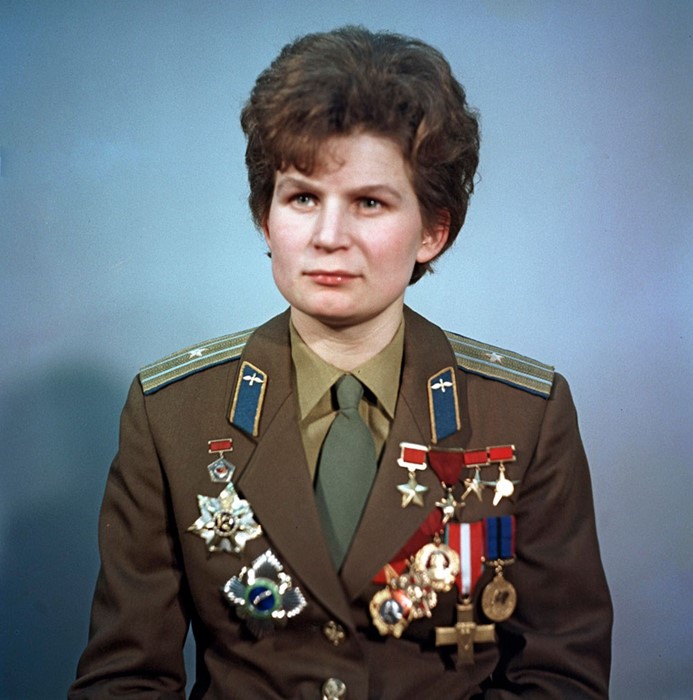
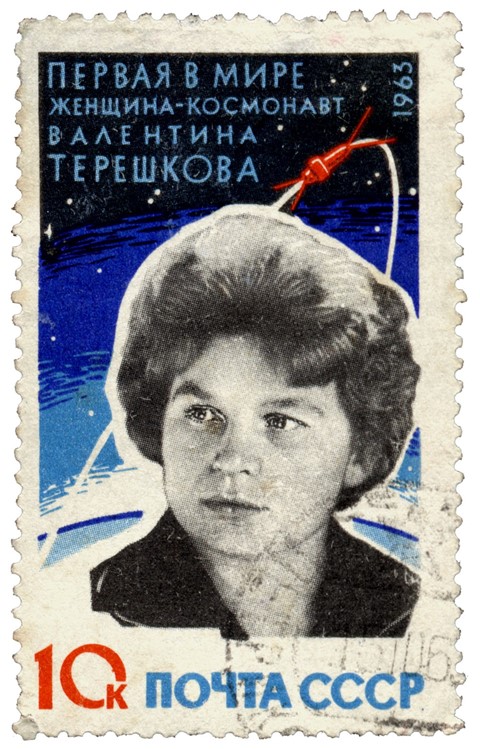
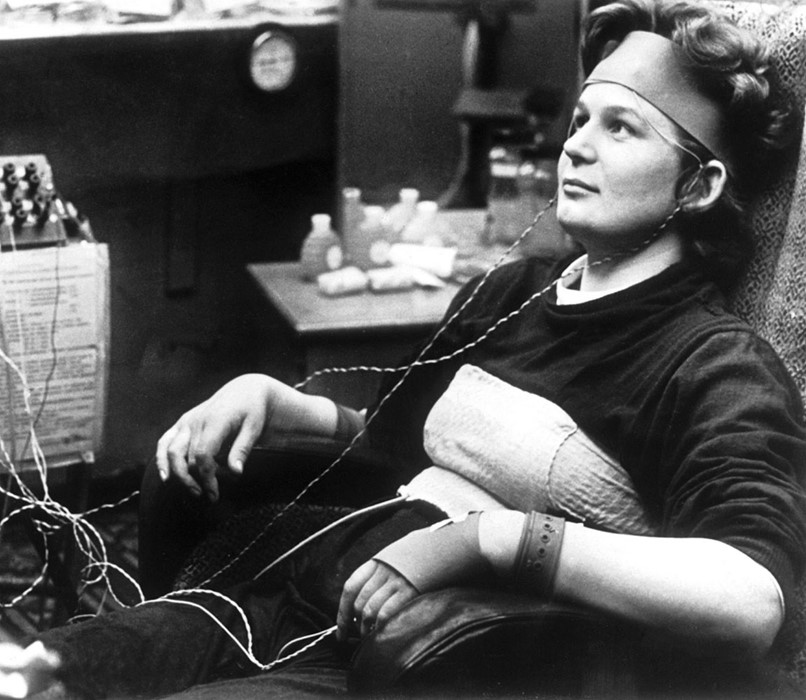
Seminal Moments…
Ultimately, Tereshkova’s selection for the mission came down to her ineffable strength and determination. In the lead up to their exams, the five members of the Cosmonaut Corps were subject to rigorous training; they underwent isolation tests, rocket theory, spacecraft engineering, 120 parachute jumps, and trained as jet fighter pilots for several months, before the remaining candidates were inducted into the Soviet Air Force. Succeeding with flying colours, Tereshkova was the only cosmonaut selected for the flight.
On the morning of June 16th 1963, Vostok 6 was launched, with Tereshkova, under the call sign ‘Seagull’, safely inside it. The shuttle orbited the earth a grand total of 48 times over the course of two days and 23 hours, meaning that 26-year-old Tereshkova, who was a cool ten years younger than the youngest Mercury Seven astronaut, had logged more flight time than all of the male American astronauts who had flown before her put together – no mean feat for a former textile factory worker.
After the initial flight had taken place, Tereshkova battled tooth and nail to expand on her experience with further voyages, but unfortunately the Soviet government prohibited it. “They forbid me from flying, despite all my protests and arguments,” she said. “After being once in space I was desperately keen to go back there. But it didn’t happen.” Tereshkova did succeed in furthering her space career on the ground, however; when the Female Cosmonaut Corps disbanded in 1969, she began her studies at the Zhukovsky Air Force Academy, graduating with a doctorate in engineering eight years later.
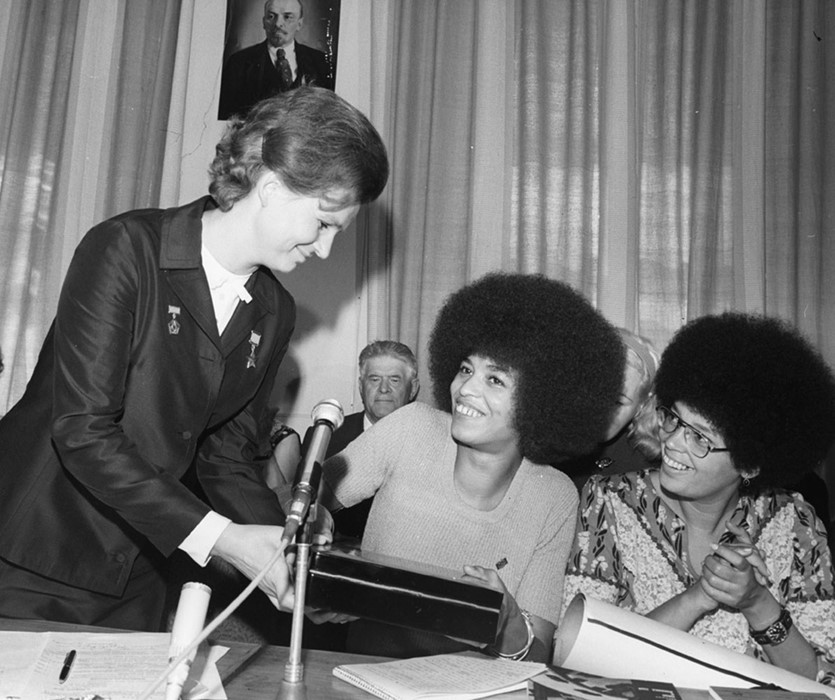
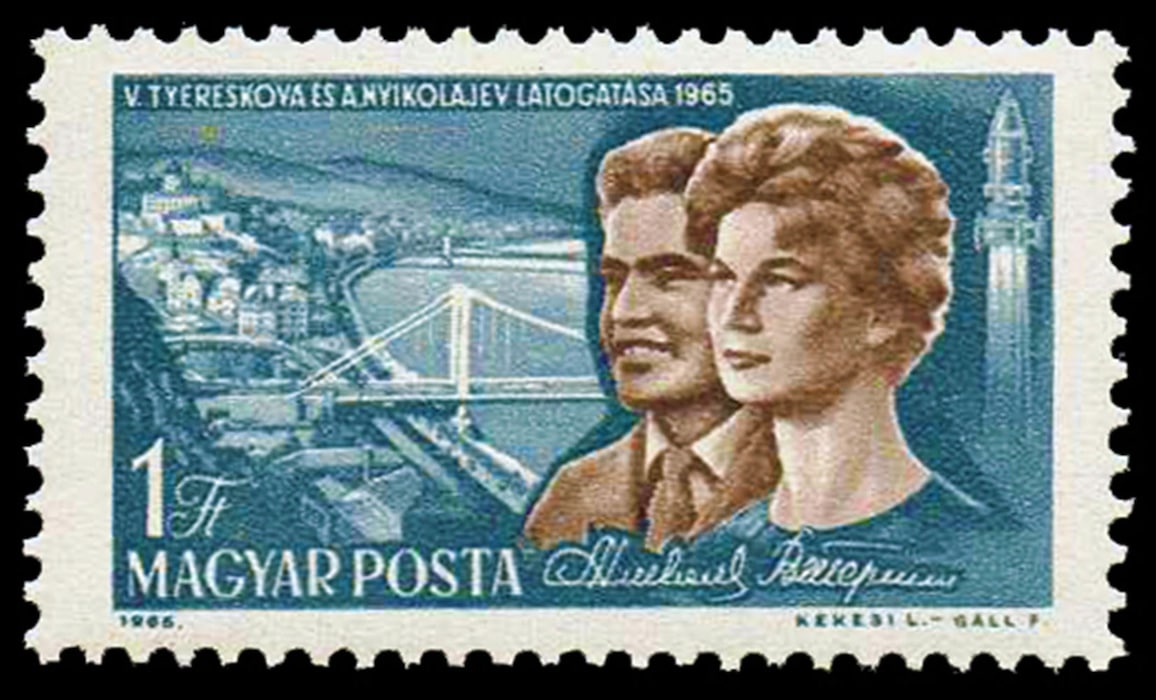
She’s AnOther Woman Because…
To all intents and purposes, Tereshkova’s trip to space was a propaganda exercise initiated by the USSR to create some semblance of gender equality in 1960s Russia. Rather than fall victim to the oppression of women in the USSR, however, Tereshkova chose to take advantage of her situation. She racked up an impressive string of professional qualifications in engineering, a line of work traditionally dominated by men, and by speaking up on behalf of female astronauts around the world she paved the way for her successors, forever invalidating the expression “manning a space shuttle” in the process.
View Tereshkova's shuttle, Vostok 6, in Cosmonauts: Birth of the Space Age, an exhibition taking place at the Science Museum until March 13, 2016.
